Chinese people love drinking tea, and tea culture has a long history. From large teacups to the water used for brewing, every detail is meticulously considered, with the teacup being particularly crucial. However, the market is flooded with tea sets of varying quality, and purchasing inferior ones is akin to consuming slow poison daily.
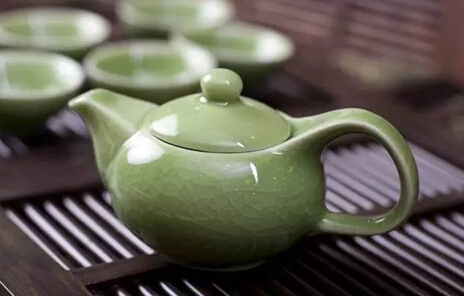
The potential toxicity of porcelain mainly stems from two aspects: the materials used to make the porcelain and the firing process.
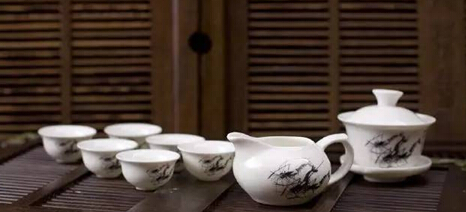
The materials used to make porcelain include clay, glaze, and decorative paints.
Clay is typically kaolin or pottery clay, which are relatively safe as they are natural, sourced from natural clay or minerals, differing only in quality.
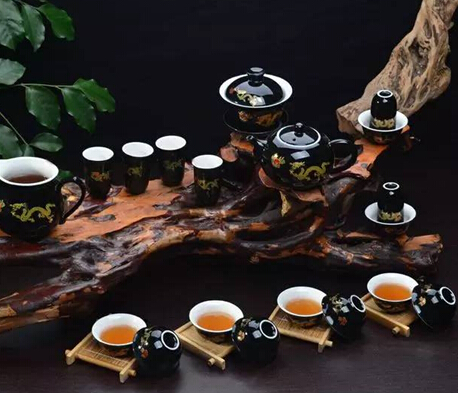
The most common sources of toxicity in porcelain are the glaze and decorative paints.
Porcelain production methods include overglaze, underglaze, and in-glaze decoration. Overglaze decoration is relatively simple and thus cheaper. The lead, cadmium, and other "toxins" in ceramics primarily come from overglaze paints. These elements, such as lead, mercury, and cadmium, are harmful to the body.
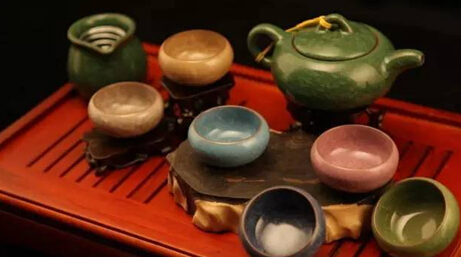
Excessive cadmium leaching can lead to cadmium poisoning, causing lung diseases, while excessive lead leaching can result in lead poisoning, manifesting as irritability, loss of appetite, behavioral changes, and abdominal pain. In severe cases, it can lead to kidney failure, sluggishness, gout, and peripheral neuropathy. For children, lead poisoning is especially harmful, affecting brain development or even causing increased intracranial pressure, vomiting, and seizures.
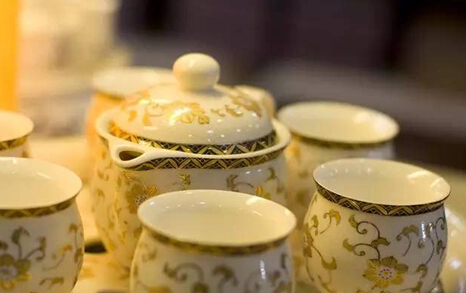
Another potential source of toxicity in porcelain is the firing process. The safety of clay, glaze, and decorative paints also depends on the firing temperature. High-temperature porcelain is superior to medium- and low-temperature porcelain. High temperatures generally range from 1280°C to 1350°C. At such temperatures, harmful substances are usually eliminated or transformed through oxidation and reduction. In other words, high-temperature firing equates to safety.
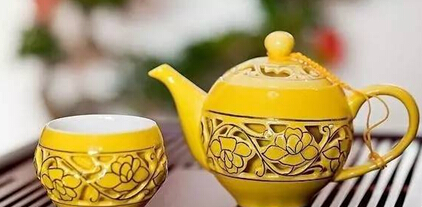
When purchasing ceramics, avoid cheap, hand-painted, medium-temperature porcelain from obscure sources. The simplest way to distinguish high-temperature from medium-temperature porcelain is to observe the color, check the thickness, and listen to the sound.
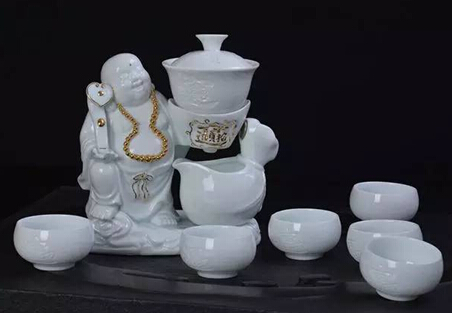
First, observe the color. Medium-temperature porcelain has a thin glaze with a faint sheen, sometimes revealing the base color. The decoration is often粗糙 due to the limitations of the material and颜料特性.
High-temperature porcelain has a more水润 glaze, appearing translucent, similar to high-quality glass (except for matte finishes).
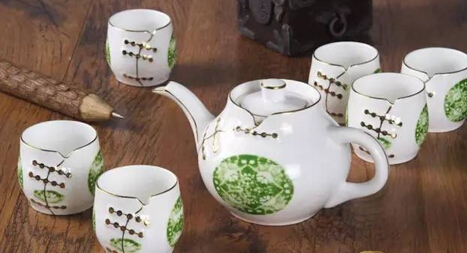
Next, check the thickness. High-quality high-temperature porcelain is透亮 and thin, while medium-temperature porcelain, fired at lower temperatures, is more疏松 and thicker to improve durability.
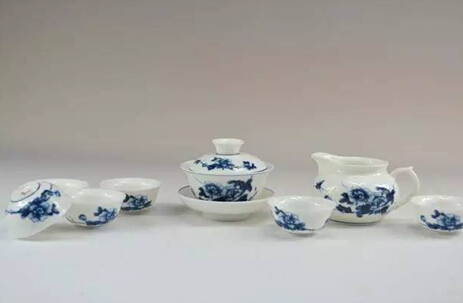
Finally, listen to the sound. This requires some experience. When lightly tapped, high-temperature porcelain produces a clear, metallic ring due to its density, while medium-temperature porcelain sounds duller.
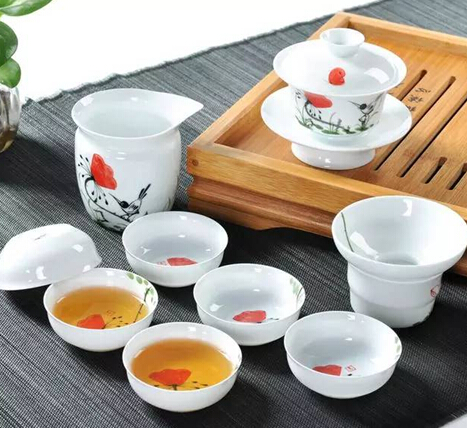
During use, tea stains seeping into cracks form visible lines called "crazing." The type of tea and drinking habits affect the color of these lines. However, some unscrupulous merchants now use crackle glaze and颜料 to artificially create "crazing." Some even add彩料 to the base of the porcelain to simulate积釉.
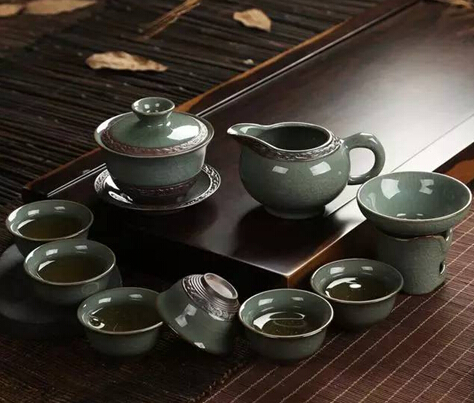
Choose porcelain tea sets carefully to ensure healthy tea drinking and a better life.